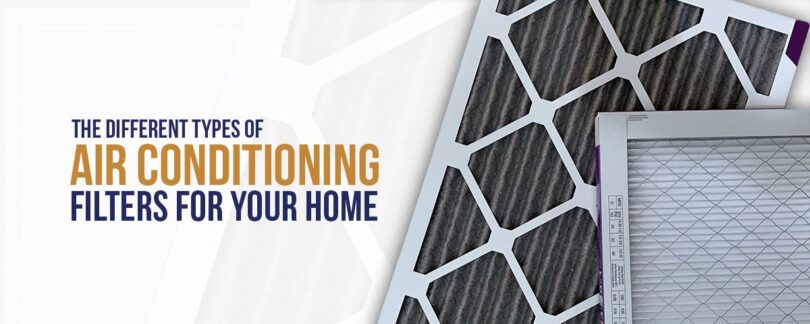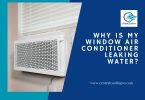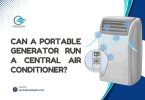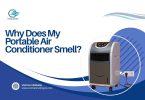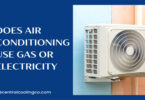Air conditioning filters play a vital role in maintaining your home’s ventilation and cooling system, ensuring the air circulated is free from impurities. Over time, when these filters are not changed regularly, they can obstruct airflow, leading to the accumulation of dust and particles. Moreover, they pose a threat to indoor air quality by harboring viruses, bacteria, and other microorganisms.
Types of Air Conditioning Filters:
1. Washable Filters:
– Comprising low-density fiberglass or pleated paper, these filters are reusable and do not require frequent replacements. Washing and reusing them are common practices, but their low Minimum Efficiency Reporting Value (MERV) rating makes them less effective against dust and air pollution.
2. Standard Filters:
– With a medium level of efficiency, standard filters, made of pleated paper or fiberglass, typically need replacement every 1-2 months. They should never be washed, as it damages the material and hampers overall performance.
3. High-efficiency (HEPA) Filters:
– Pleated paper filters with high efficiency, often labeled with MERV (Minimum Efficiency Reporting Value) or MPR (Maximum Particulate Rating). MERV indicates the filter’s efficiency against small dust particles, while MPR measures its ability to trap larger particles like pollen and mold spores. Ranging from 1-16 MERV or 50-350+ MPR, higher ratings trap smaller particles but can create airflow restrictions and be more expensive.
4. Ultra High-Efficiency Filters:
– Offering superior filtration, these filters boast MERV ratings of 11 or higher, trapping particles as small as 1 micron. Designed for allergy sufferers, they excel in filtering out tiny particles, providing relief for those sensitive to outdoor pollutants.
5. Electronic and UV Light Filters:
– Employing a three-phase approach, electronic or “Whole House” filtration systems include particle filters, pre-filters, and an electrostatic charge to trap particles, including bacteria and viruses. UV light filters use specific wavelengths to convert airborne particles into ash. While effective against allergens and toxins, they may not filter out gases and chemical pollutants.
Conclusion: Air Conditioning Filters
Understanding the various types of air conditioning filters empowers homeowners to make informed decisions. Whether opting for washable, standard, high-efficiency, ultra high-efficiency, electronic, or UV light filters, each type comes with its benefits and considerations. Regular maintenance, timely replacements, and selecting the right filter for your needs are crucial for ensuring optimal performance and indoor air quality.
Disclosure: We may get commissions for purchases made through links in this post.

